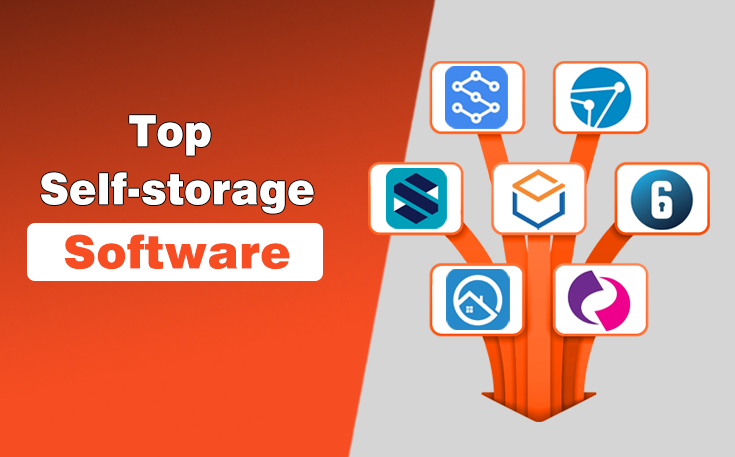Every business is sitting on a goldmine of customer data and barely scratching the surface. Every form fill, newsletter sign-up, and customer note is gathered inside one CRM system. Every day, businesses collect new fragments of behavior, and yet most of those fragments sleep quietly in the database, waiting for someone to listen.
Using analytics from a CRM transforms that stillness into movement. It shows how people actually act, rather than how we assume they do. To improve digital ROI, that movement becomes the map. Every insight points to efficiency, less guesswork, more accuracy, fewer wasted ads, and better timing.
But the data itself doesn’t move. It waits for the questions we ask of it. The difference between a static CRM and a strategic one is simple: the way we use CRM data decides how well our systems breathe. It connects digital marketing spend with user interest and spending with return. That’s where the numbers begin to talk.
In this blog post, I will explain how you can use CRM analytics to improve digital ROI in this highly competitive world.

Tips for Using CRM Analytics to Improve Digital ROI
Reading Between the Rows of Data
Most teams already have the tools; they just forget to use them beyond customer lists. CRM analytics enable teams to track who clicks what, who hesitates, and who makes repeat purchases within a week. The goal isn’t to drown in the dashboard; it’s to spot rhythm.
One of the most practical ways to use CRM data is to connect marketing actions to real business results. Suppose a campaign draws heavy interest but low conversions. A closer look at CRM reports might show that the leads came from sources with weak follow-ups or long response times. A short delay in communication can explain a large drop in revenue. Data points reveal these patterns faster than intuition ever could.
The process works in layers. Data from past campaigns shape the strategy of new ones. Predictive analytics built from behavioral records. A business starts to see patterns of who responds to what, at what hour, and on which device. That foresight doesn’t need to be wrapped in complicated formulas; it’s simply correlation turned into direction.
And yet, most companies collect data without translating it into action. The CRM becomes a storage unit instead of a living system. When used well, it doesn’t just record transactions; it connects them. It shows why a customer purchased after three emails, or why another vanished after one. Each answer helps improve digital ROI in small, measurable steps.
CRM Beyond the Sales Department
There’s a quiet revolution in how different sectors use CRM systems. Take immigration offices, for example. Forbes once described how such departments use CRM platforms to manage applicant information, personal details, visa history, and application progress, inside one secure, centralized hub. Officers can access and update each record without confusion, avoiding duplication and data loss.
The interesting part is not that they use technology, but how they apply the same principles as a business would. A visa application behaves much like a customer journey. One touchpoint leads to another; every update influences the next step. The result is smoother operations, quicker decision-making, and better experiences for everyone involved.
Suppose an immigration office can use a CRM system to process something as sensitive and detailed as migration records. In that case, a business can certainly apply that same clarity to its marketing structure. It’s about transforming ordinary data storage into actionable guidance. CRM analytics can do more than help sales; they can help entire organizations think more clearly.
That thinking expands beyond marketing. It crosses into logistics, service delivery, and even community outreach. When data is centralized and analyzed with purpose, every department speaks the same language. Reports stop clashing, strategies align, and decisions rest on measurable truth instead of theory.
From Data to Direction
A CRM record might start as a line of text – a name, an email, a timestamp. Yet those details can predict trends, forecast churn, and shape content that resonates. The trick lies in reading the data through behavior rather than volume.
A sudden spike in customer support tickets might be connected to a recent product update. A dip in engagement might trace back to a poorly timed campaign. The CRM analytics dashboard acts as a translator between customer behavior and business response. It replaces instinct with observation.
That shift from assumption to measurement has creative consequences, too. Teams begin to experiment with smaller, smarter campaigns. They test copy that fits customer tone, emails that follow behavioral timing, and visuals that follow actual data rather than guesswork. Each experiment becomes a loop – data in, insight out, adjustment made, and back again.
Analytics also sharpen collaboration. When marketers, analysts, and sales teams share one CRM dashboard, the disconnect between data collection and data action disappears. Everyone operates under the same evidence. The sales team no longer blames the leads; the marketers no longer guess what converts. There’s shared visibility, and that creates accountability.
At this stage, the CRM tool turns from a database into an ecosystem. Every report fuels another decision. Every decision feeds new data. That rhythm – collect, analyze, act, repeat – creates measurable growth, and yes, it continues to improve digital ROI as the system learns.
Precision Without the Noise
A good CRM strategy avoids excess. There’s no need to chase every number. The best results come from a narrow focus: identify the metrics that directly impact profit, then refine them. Cost per lead, lifetime value, conversion rate by source – these are simple numbers with heavy meaning.
Too much data can paralyze, but targeted analytics simplify decisions. Instead of wondering why a campaign failed, teams can check the conversion funnel and trace the point of loss. Was it a broken link, a slow response, or irrelevant messaging? The answer usually hides in plain sight, waiting inside the CRM log.
Automation adds another layer of control. Modern CRMs can trigger messages based on customer actions. A cart left idle for three hours might trigger a gentle reminder. A loyal customer might receive early access to new offers. The system responds faster than human scheduling ever could. The value here is time saved, and time, when tracked properly, is money reclaimed.
Transparency also builds trust. Customers notice consistent, informed communication. They see that responses reflect their behavior, not a one-size-fits-all message. This strengthens the brand relationship, increases retention, and stabilizes revenue.
Where the Numbers Start to Speak
CRM analytics create a loop between people and performance. They remind businesses that digital growth depends on attention, on looking closely at what the numbers actually mean. The database stops being silent; it becomes conversational.
Organizations that invest time in analyzing CRM reports will discover that the answers they need already exist inside the data. The system remembers what we forget – what time customers tend to click, which campaigns attract the longest loyalty, and where churn begins. It speaks in patterns, not poetry, and those patterns make work more efficient.
Each business has its own rhythm, but the principle holds: measure behavior, adjust action, repeat. When the process feels natural, the numbers start shaping themselves. The data no longer feels heavy; it feels useful. The quiet fragments in the CRM finally line up to tell a story about how to improve digital ROI – one insight, one click, one correction at a time.
Final Thoughts
CRMs turn passive data into an active strategy, bridging the gap between customer behavior and business performance. When organizations treat their CRM not as a storage unit but as a living system, they unlock a rhythm of insight, action, and measurable digital growth. The path to improved digital ROI isn’t paved with more data, it’s shaped by smarter questions, sharper focus, and the courage to listen to what the numbers are already saying.
Need custom app with amazing features?
Get a Quote




